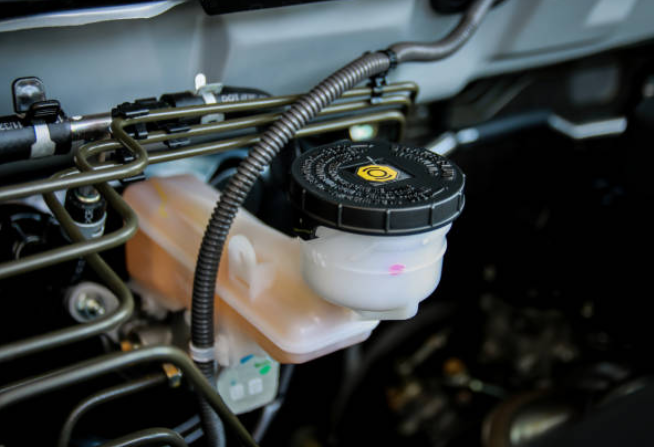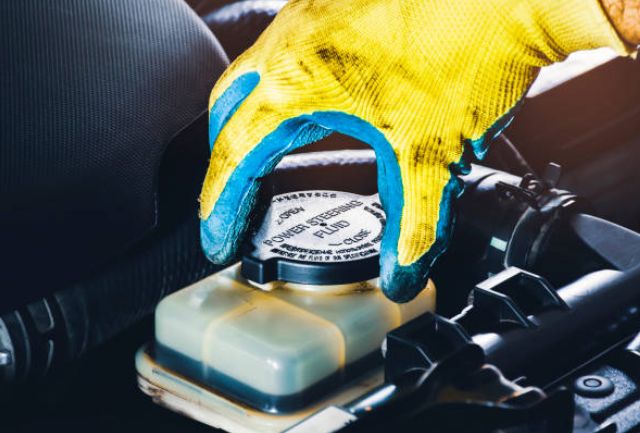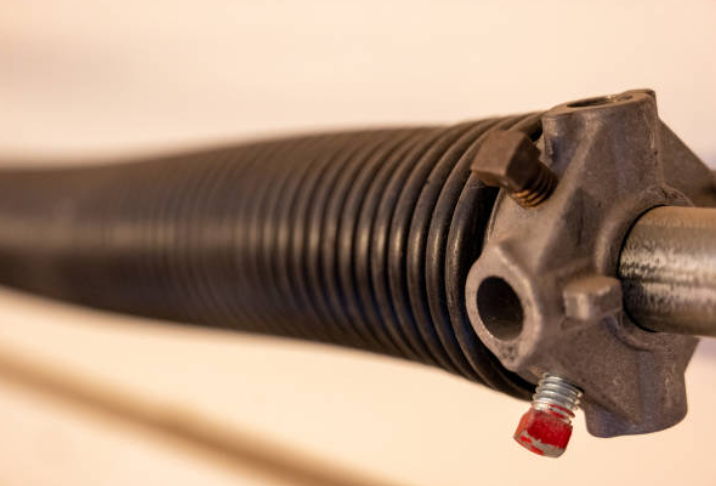How to Check Power Steering Fluid
Do you sense any weight on the steering wheel? Have you noticed any light grinding noises when turning? It's essential to check your power steering fluid if you're seeing any of these typical indicators of low power steering fluid. If you are unaware of how to check power-steering fluid, this article will teach you just what to do, so be sure to keep reading for all the advice!

Understanding the Power Steering System and Its Fluid
The power steering system in a vehicle is responsible for making steering easier and more efficient. It consists of components such as the power steering pump, hydraulic lines, steering gear, and power steering fluid reservoir. Power steering fluid plays a vital role in lubricating the system's moving parts, dissipating heat generated during operation, and transmitting hydraulic pressure to assist with steering. Regularly checking the power steering fluid level is crucial to ensure optimal performance and prevent potential damage to the system. By understanding the power steering system and maintaining the proper fluid level, drivers can enjoy smoother and more effortless steering on the road.

Step 1: Park on a Level Surface: Start by parking your vehicle on a level surface. This guarantees an accurate power steering fluid level reading and averts any potential mishaps or injuries.
Step 2: Locate the Power Steering Fluid Reservoir: By raising the hood of your automobile, you can locate the reservoir for the power steering fluid. Frequently located adjacent to the engine, it may be recognized by a cover that reads "Power Steering."
Step 3: Clean the Reservoir: It's crucial to clean the reservoir's top before reservoir the fluid level. Before removing the cap, clean off any dirt or debris to avoid infection.
Step 4: Remove the Cap: Unscrew the cap of the power steering fluid reservoir. Some caps may have a dipstick attached to them, while others may have a fill line inside the reservoir.
Step 5: Check the Fluid Level: Inspect the fluid level either by looking at the dipstick or observing the fill line. The fluid level should be between the minimum and maximum marks indicated on the dipstick or reservoir.
Step 6: Assess the Fluid Condition: While checking the fluid level, take a moment to examine the fluid's color and consistency. Healthy power steering fluid is usually a clear or light amber color. If the fluid appears dark, dirty, or has a burnt smell, it may indicate the need for a fluid flush or system inspection by a professional.
Step 7: Add Fluid if Necessary: If the fluid level is below the minimum mark or falls below the fill line, it's time to add power steering fluid. Use a funnel to avoid spills and carefully pour the recommended type of power steering fluid into the reservoir. Refer to your vehicle's owner's manual for the correct fluid type.
Step 8: Reinstall the Cap: After adding the required liquid, firmly screw the reservoir lid back on. Ensure it is tightened properly to prevent any leaks.
Step 9: Clean Up: Wipe away any spills or drips around the power steering fluid reservoir. Keeping the engine compartment clean helps in detecting any potential leaks or issues.
Low power steering fluid can cause various problems in your vehicle's steering system. Signs of low power steering fluid include difficulty in steering, whining or squealing noises, sluggish response, vibrations in the steering wheel, and fluid leaks. It's crucial to check the power steering fluid level and take immediate action if you notice any of these symptoms. According to the manufacturer's suggested maintenance plan, power steering fluid should be changed every 50,000 to 100,000 miles or every 2 to 5 years. Additionally, if the fluid appears contaminated or after repairs or component replacements, it is advisable to replace the power steering fluid. Regular monitoring of power steering fluid levels and timely fluid replacement will help maintain optimal steering performance and prevent potential damage to the system.

Maintaining your power steering system is crucial for optimal performance and safety. Regularly check the power steering fluid level and condition, addressing any leaks or low levels promptly. Adhere to the manufacturer's recommended maintenance intervals, including fluid flushes and replacements. Avoid overloading the steering system and be mindful of harsh impacts that can damage components. Inspect belts and hoses for wear or damage, and replace as needed. Consider the effects of extreme temperatures on the system and drive accordingly. If you notice any issues, have a professional mechanic inspect and repair the power steering system. By following these maintenance tips, you can ensure smooth and reliable steering, prolong the lifespan of your power steering components, and enjoy a safe driving experience.
-
Can I drive my vehicle if the power steering fluid level is low?
Driving is not advised if the power steering fluid level is dangerously low, as this might result in subpar steering performance or even damage to the power steering system. Before you drive, it's advisable to fix the low fluid level.
-
What if the power steering fluid appears dark or dirty?
If the power steering fluid appears dark, dirty, or has a burnt smell, it may indicate contamination or the need for a fluid flush. It's advisable to have a professional inspect the system and perform any necessary maintenance or fluid replacement.
Read another review here: The 10 Best RV Door Holders For Convenient And Secure Travel














